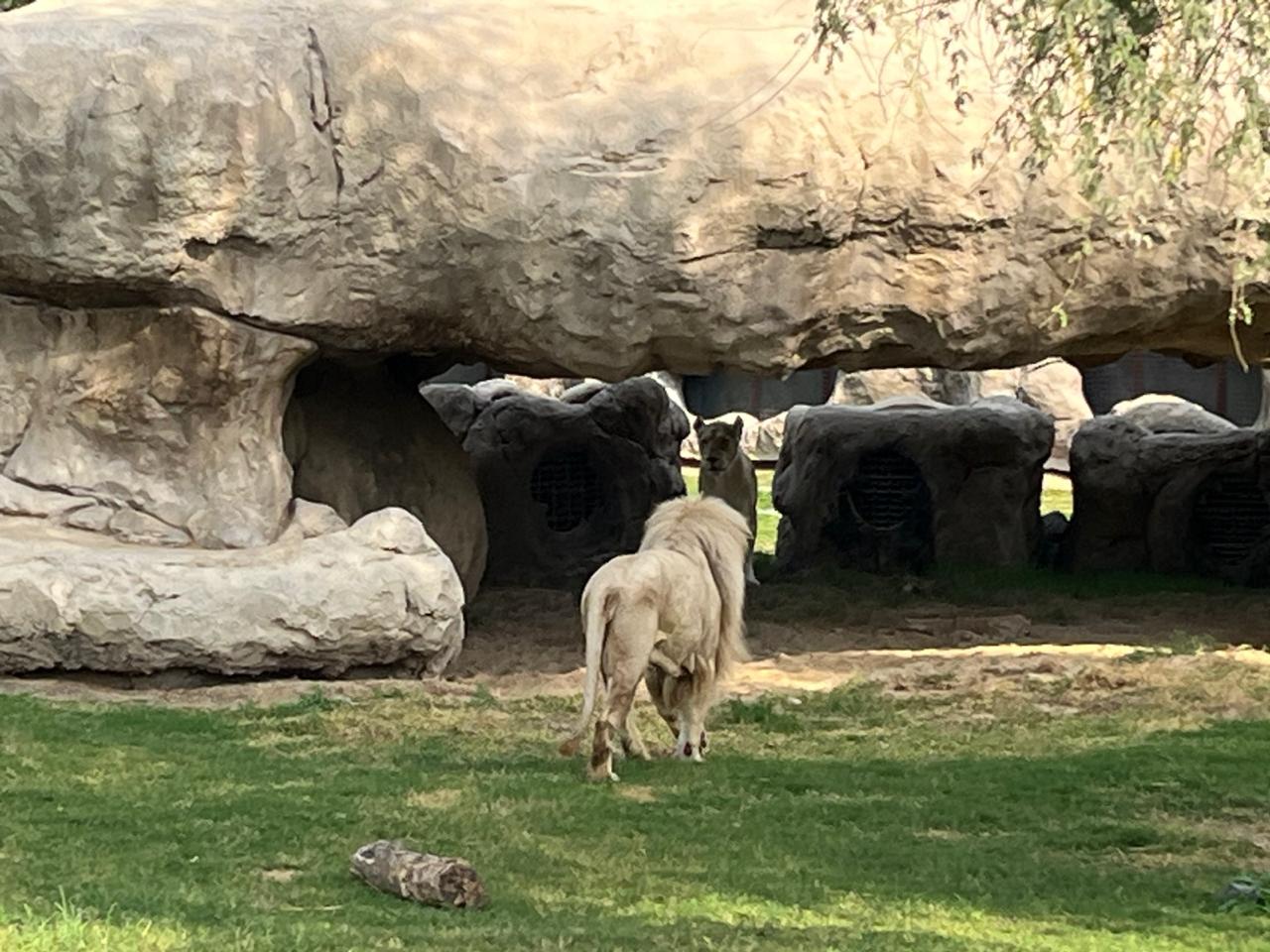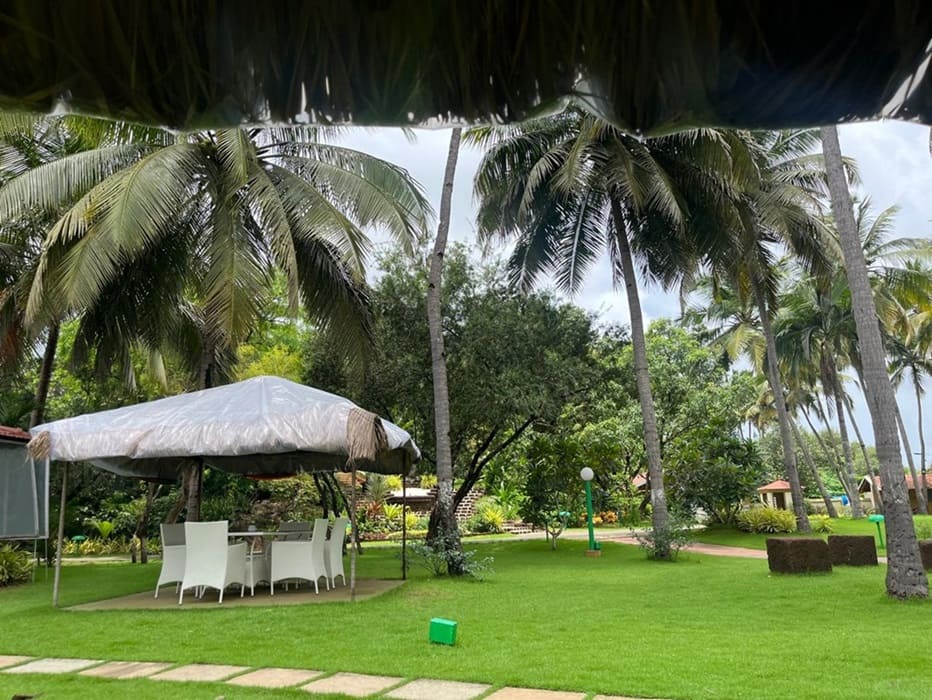The Middle East, a region steeped in history and cultural richness, is also home to some of the world's most striking and diverse terrains. Recently, while watching an episode of the gripping Israeli Netflix series "Fauda", I found myself transported back to the arid landscapes of this fascinating region. The show's backdrop served as a vivid reminder of the unique geographical features that define the Middle East and shape its people, cultures, and even its cuisine.
The Arid Terrain: A Harsh Yet Beautiful Reality
The Middle East is predominantly characterized by its arid and semi-arid landscapes. These environments, while often perceived as barren, are teeming with life and possess a stark beauty that is both captivating and humbling. The region's terrain can be broadly categorized into several distinct types:
Deserts
The most iconic of Middle Eastern landscapes, deserts cover vast swathes of the region. The Arabian Desert, spanning several countries, is one of the largest in the world. Its seemingly endless sea of sand dunes, like those found in the Empty Quarter (Rub' al Khali), create a mesmerizing panorama that has inspired poets and travelers for centuries.
Mountain Ranges
Contrary to popular belief, the Middle East is not all flat desert. Mountain ranges like the Zagros Mountains in Iran, the Taurus Mountains in Turkey, and the Hajar Mountains in Oman provide stark contrasts to the lowland deserts. These elevated regions often experience cooler temperatures and higher rainfall, supporting unique ecosystems and agricultural practices.
Coastal Areas
The region's proximity to bodies of water like the Mediterranean Sea, Red Sea, and Persian Gulf creates diverse coastal landscapes. These areas range from rocky cliffs to sandy beaches, providing important economic and ecological resources for nearby populations.
Fertile Valleys
River valleys, such as those of the Nile, Tigris, and Euphrates, have been cradles of civilization for millennia. These fertile strips amidst the arid landscape have supported agriculture and urban development since ancient times.
Climate and Adaptation
The Middle East's terrain is inextricably linked to its climate. Characterized by hot, dry summers and mild winters, the region's weather patterns have shaped both its physical landscape and the ways in which life has adapted to thrive there.
Plant life in the region has evolved remarkable strategies to survive in water-scarce conditions. Species like the date palm, acacia, and various drought-resistant shrubs have become symbols of resilience in the face of harsh environmental conditions.
Wildlife, too, has adapted to the challenging terrain. Animals like the Arabian oryx, sand gazelle, and various reptile species have developed physiological and behavioral adaptations that allow them to survive in extreme heat and with limited water resources.
Human Interaction with the Terrain
For thousands of years, human civilizations have found ingenious ways to live and prosper in the Middle East's challenging environment. Ancient water management systems, like the qanat underground channels in Iran and the aflaj in Oman, demonstrate the innovative approaches developed to harness scarce water resources.
Architecture in the region reflects a deep understanding of the terrain and climate. Traditional mud-brick buildings, wind towers for natural cooling, and narrow, shaded streets in old city centers all showcase adaptations to the hot, arid climate.
Modern development in the Middle East often presents a stark contrast to the natural terrain. Cities like Dubai and Doha have transformed desert coastlines into sprawling metropolises, while ambitious projects like Saudi Arabia's NEOM seek to reimagine how humans can inhabit challenging environments.
Television series like "Fauda" not only captivate audiences with their storylines but also serve as windows into the physical and cultural landscapes of the Middle East. The show's setting in Israel and the Palestinian territories showcases the region's diverse terrains, from urban centers to rural villages and rugged wilderness areas.
These visual representations remind viewers of the complex interplay between geography, politics, and culture in the Middle East. The landscape itself often becomes a character in these narratives, influencing plot developments and reflecting the challenges faced by the characters.
A Taste of the Terrain: Kunafa and Middle Eastern Cuisine
Just as the Middle Eastern terrain has shaped the region's history and culture, it has also influenced its culinary traditions. One dessert that stands out as a unique reflection of the region's character is kunafa (also spelled knafeh or kanafeh).
Kunafa is a sweet pastry that originated in the Levant but has become popular throughout the Middle East and beyond. Its distinctive texture and flavor profile are a testament to the ingenuity of Middle Eastern cuisine in creating delightful dishes from locally available ingredients.
The dessert typically consists of a base made from shredded phyllo dough or fine semolina paste, which is layered or filled with cheese or cream. This base is then soaked in sweet syrup and often topped with crushed pistachios. The result is a dessert that balances crispy and creamy textures with a harmonious blend of sweet and slightly savory flavors.
The popularity of kunafa across the Middle East, despite variations in local ingredients and preparation methods, illustrates how shared culinary traditions can transcend political and geographical boundaries. It serves as a delicious reminder of the cultural connections that exist throughout this diverse region.
The Middle East's terrain is a study in contrasts – harsh yet beautiful, challenging yet nurturing. From the sweeping deserts to the fertile river valleys, from ancient cities to ultra-modern metropolises, the landscape tells a story of human resilience and adaptation. Media portrayals like "Fauda" offer glimpses into this complex environment, while culinary delights like kunafa provide a taste of the region's rich cultural heritage. As we explore the Middle East through its terrain, we gain a deeper appreciation for the intricate relationships between land, climate, and human civilization.




